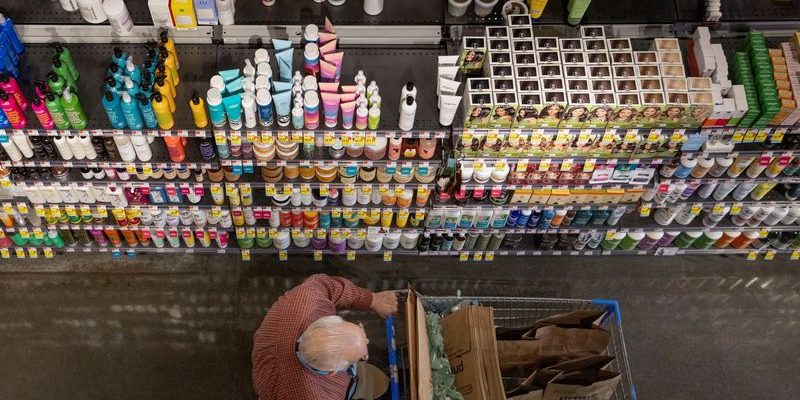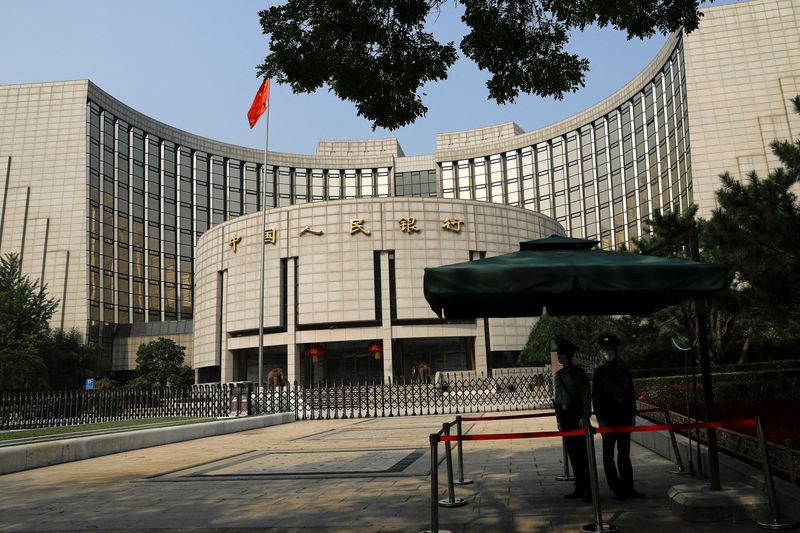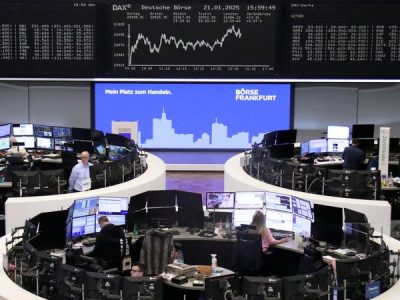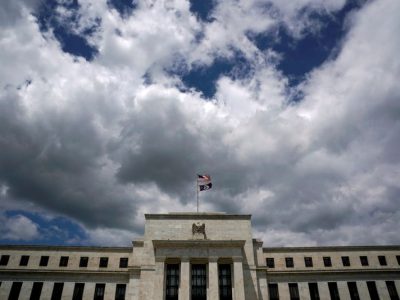
WASHINGTON (Reuters) – U.S. retail sales unexpectedly rose in August, suggesting that the economy remained on a solid footing through much of the third quarter.
Retail sales increased 0.1% last month after an upwardly revised 1.1% surge in July, the Commerce Department’s Census Bureau said on Tuesday.
Economists polled by Reuters had forecast retail sales, which are mostly goods and are not adjusted for inflation, falling 0.2% after a previously reported 1.0% jump in July. Estimates ranged from a 0.6% decline to a 0.6% gain.
The report was published as Federal Reserve officials prepared to gather for a two-day policy meeting.
Most economists expect the U.S. central bank to cut interest rates by 25 basis points on Wednesday, arguing that the economy is not in distress to warrant the half-percentage-point reduction being anticipated by financial markets.
The unemployment rate fell to 4.2% in August after four straight monthly increases pushed it to near a three-year high of 4.3% in July. The jobless rate has been largely driven by increased labor supply from immigration, which is now slowing.
Layoffs remain low by historical standards, leaving the labor market in a position to continue generating steady wage gains that are supporting consumer spending and the overall economy. Economists are split on the implications that a declining saving rate could have on spending.
Some view the saving rate, which dropped to 2.9% in July and is near levels last seen in 2008, as portending softer spending ahead. They also expect precautionary saving to rise if the labor market deteriorates, which could weigh on spending.
Others, however, argued that the government was not fully capturing income earned by undocumented immigrants. They also pointed to strong household balance sheets against the backdrop of higher house and stock prices as supportive of future consumer spending.
The Fed has maintained its benchmark overnight interest rate in the current 5.25%-5.50% range for more than a year, having raised it by 525 basis points in 2022 and 2023.
Retail sales excluding automobiles, gasoline, building materials and food services increased 0.3% last month after rising by an upwardly revised 0.4% in July.
These so-called core retail sales were previously reported to have gained 0.3% in July.
Core retail sales correspond most closely with the consumer spending component of gross domestic product. Consumer spending accelerated in the second quarter, putting it on a higher growth path heading into the July-September quarter.
Growth estimates for the third quarter are around a 2.5% annualized rate. The economy grew at a 3.0% pace in the second quarter.












